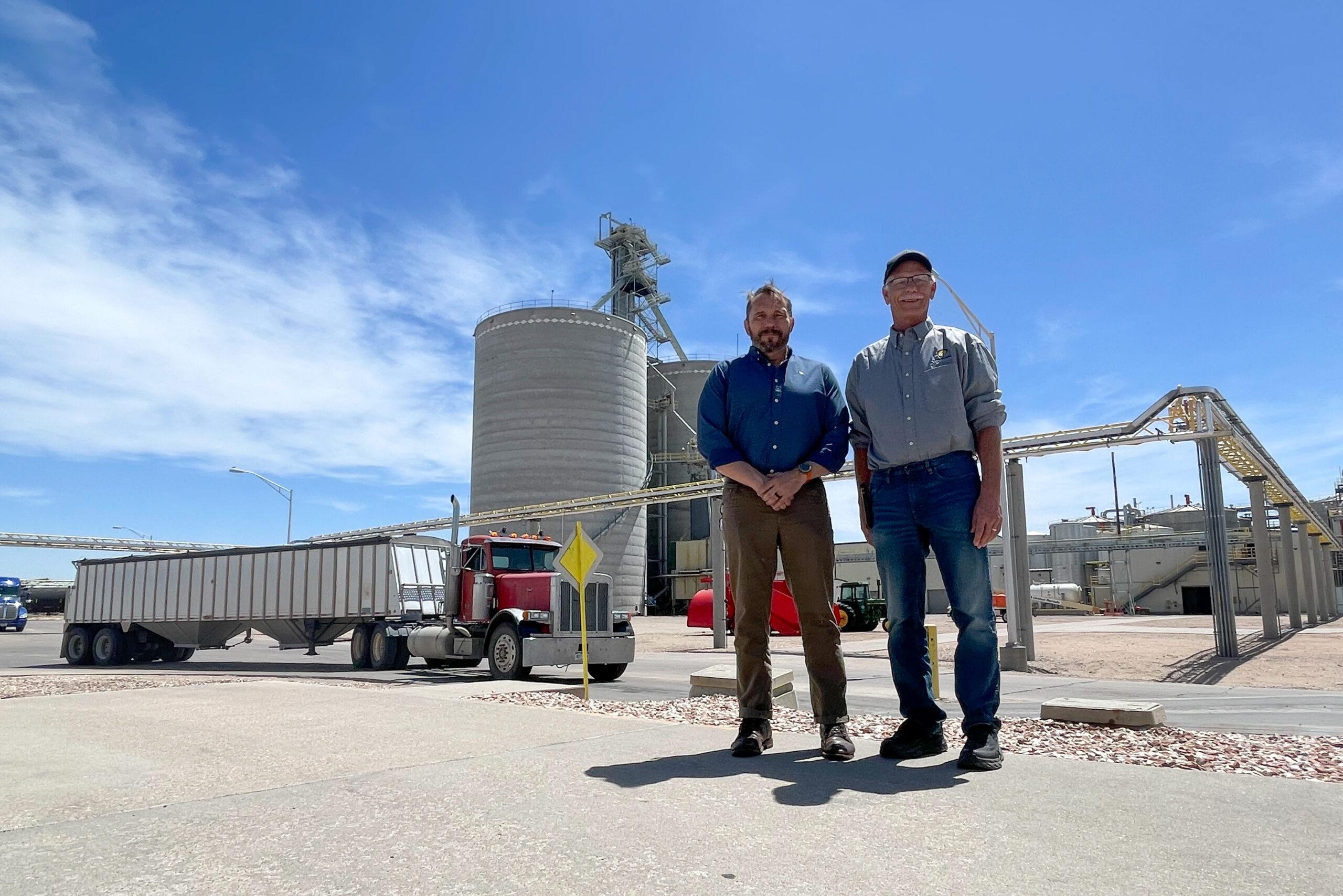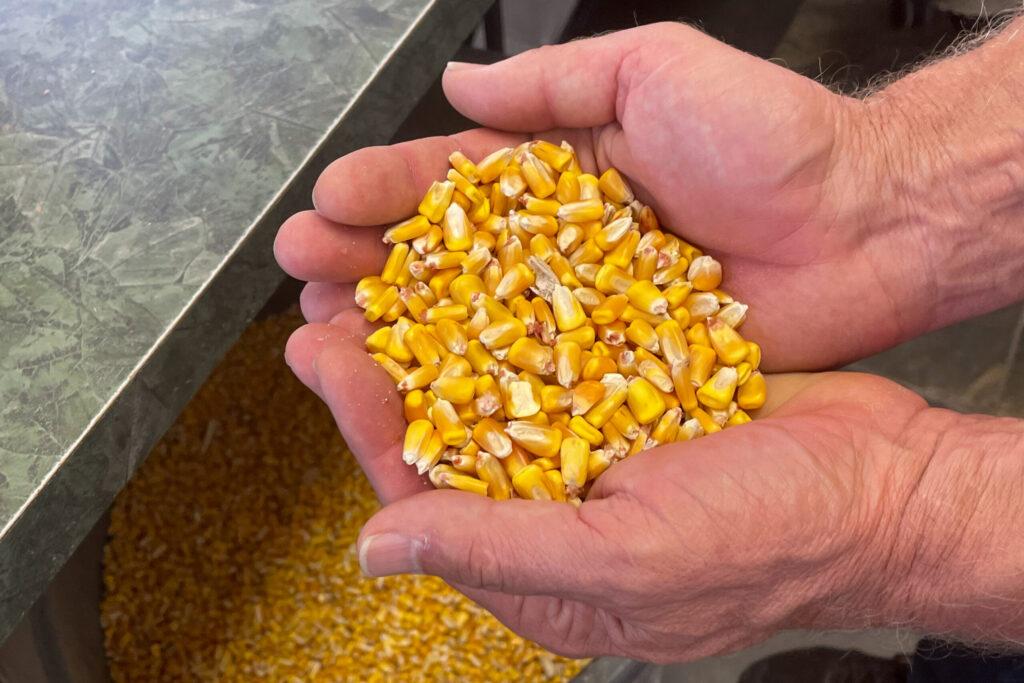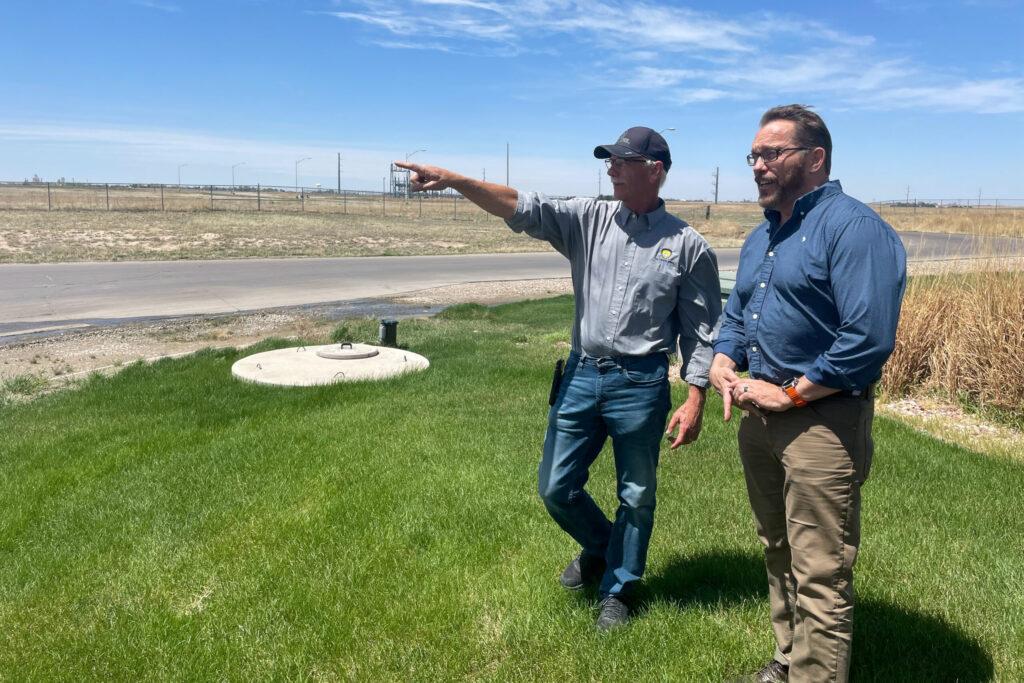
A Colorado company on Thursday announced what it says will be the state’s first commercial-scale projects to capture and store carbon dioxide — the harmful and long-lasting greenhouse gas — before it’s released into the air.
Carbon America will build and operate a new system that siphons off carbon dioxide produced at the Sterling and Yuma ethanol plants in northeastern Colorado. The gas will then be pumped through pipelines and stored in a saline aquifer almost a mile underground.
Ethanol plants around the country are among the first facilities to test carbon capture and storage at a larger scale. Climate researchers say the process is a necessary tool to reduce planet-warming emissions.
At the Yuma plant Wednesday, Carbon America CEO Brent Lewis said he hopes the partnership with the ethanol producers leads to decarbonizing other industries, including cement manufacturing and natural gas power plants.
“Being able to pull these projects together, get them executed and getting CO2 ejected within two years, I think, is going to be a huge win,” Lewis said. “Not just for … Carbon America, but really for the sector, so that we’re able to show this can get done.”

The system planned for the Colorado plants would capture and store nearly all of the carbon dioxide — about 350,000 tons annually — released as corn is fermented, Lewis said. That is equivalent to the annual carbon dioxide emissions from 70,000 vehicles when using conversions from the U.S. Environmental Protection Agency.
“It’s not chump change,” Lewis said.
Lewis estimates the carbon capture system will cost $100 million to build. Carbon America announced it secured $30 million in investment last year. The company and the partnering ethanol plants also expect to receive tax credits from the federal government, including up to $50 per ton of carbon dioxide removed and stored underground.
“I'm trying to be the one that's helping the environment, helping the cattle industry, helping the farmers in northeast Colorado by having another source for their grain,” said Dave Kramer, one of the founders and general manager of the Sterling and Yuma ethanol plants. “It's just a win-win for everybody involved.”
The carbon capture systems are expected to go online in 2024. Before Carbon America can start construction, it needs permits from the EPA to ensure the gas will be stored safely and won’t leak to the surface.

“Regulations and the guidance from the federal government is extremely rigorous,” said Anna Littlefield, a research associate at the Payne Institute for Public Policy at the Colorado School of Mines who works with Carbon America.
“Any company, any operator that is setting out to inject is well aware that it is a high burden that they have to bear to prove to the government that this is a viable target,” she said.
Experts say pulling carbon dioxide from the fermentation process at ethanol plants is easier and cheaper than other industries because the emissions are almost pure and don’t need to be filtered to remove other byproducts.
The simpler process has led to other carbon capture projects underway at ethanol plants across the Midwest. Such projects are likely one “piece of the puzzle” for both the emerging industry and overall emissions reductions, said Matt Fry, a senior policy manager at the Great Plains Institute who researches carbon capture.
“It’s going to be a fraction of what we need to do,” Fry said. “If we're going to be intent on meeting those climate objectives, we have to utilize the full suite of technologies, for certain.”









